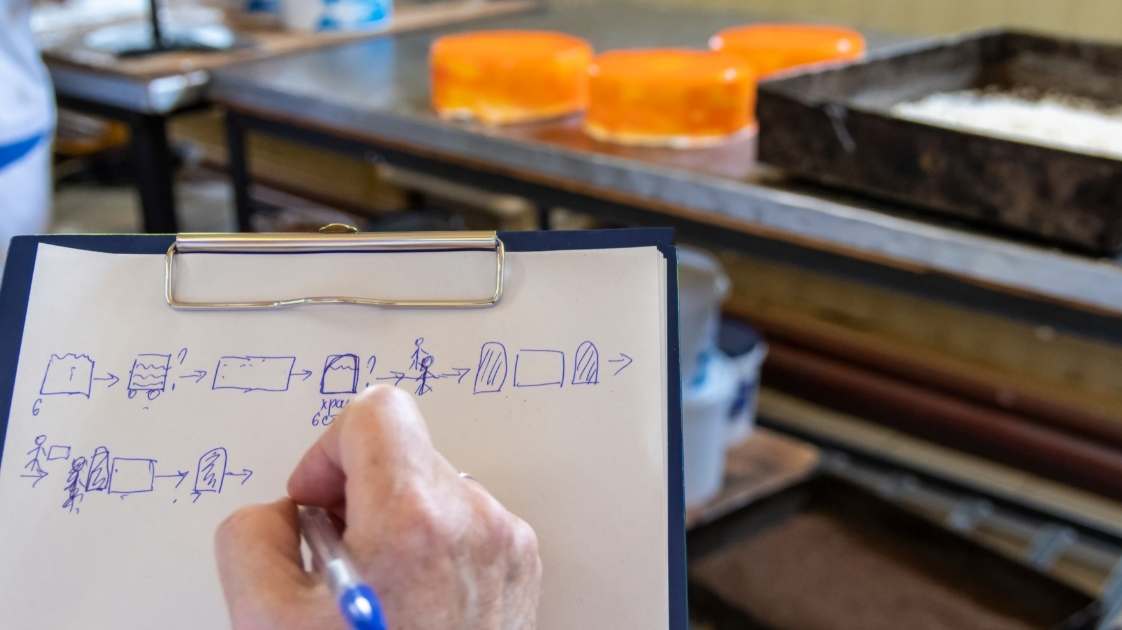History of TPM. The concept of Total Productive Maintenance (TPM) has revolutionized the way industries approach equipment maintenance and efficiency. This video delves into the rich history of TPM, tracing its origins and evolution over the years. It offers a comprehensive understanding of how TPM has become an integral part of modern manufacturing processes. Furthermore, the video provides a clear distinction between Autonomous Maintenance and Preventive Maintenance, two key components of TPM. Autonomous Maintenance empowers machine operators to conduct routine maintenance, while Preventive Maintenance involves scheduled maintenance activities to prevent equipment failure. Understanding these differences is crucial for any organization aiming to optimize its maintenance strategies and enhance overall productivity. Whether you’re a seasoned professional or new to the field, this video offers valuable insights into the world of Total Productive Maintenance.
Table of Contents
ToggleHistory of TPM
The TPM is a methodology born in Japan. After the Second World War, the Japanese industry was devastated and the industrial leaders, to start again, began to adopt the American philosophies of quality management and quality control. It is history that Dr. Deming made many trips to Japan to teach total quality management. In those years the Japanese industry began to build and use automatic equipment. The use of automatic equipment created the belief and the mindset that only specialized technicians could intervene on the machines. This mindset created a distance between the line operators and the machines they were working on. I work you fix. This separation and this mentality quickly led to a loss of production capacity and unplanned and prolonged downtime. Just as quickly, the Japanese realized that they would not meet their delivery and quality targets with machinery that frequently broke down.
Preventive Maintenance
Letzs read some history of TPM. In around 1950 the leaders focused on preventive maintenance. Preventive maintenance is the concept of daily maintenance aimed at keeping the machinery in good operating condition and avoiding breakdowns. Unfortunately, even with the adoption of preventive maintenance, the separation between maintenance personnel and line operators was still great and the machinery continued to stop, proving not suitable for achieving the set objectives.
Autonomous Maintenance
In 1960, the Denso company introduced the concept of autonomous maintenance where the line operator had to perform routine maintenance on the machine he was working on. This practice freed up time for specialized maintenance workers who could better dedicate themselves to preventive maintenance and technical equipment improvement.
Conclusion – History of TPM
In conclusion, the journey of Total Productive Maintenance (TPM) from its inception in 1971 to its revision in 1989, as chronicled by the Japan Institute of Plant Maintenance (JIPM), reflects a significant evolution in maintenance strategies. TPM, emerging from the harmonious blend of autonomous maintenance, preventive maintenance, and continuous improvement, has redefined industrial maintenance. However, it’s important to acknowledge that TPM can face challenges in its implementation within a company.
The success of TPM hinges on a company-wide commitment to its principles. A lack of understanding and engagement from the workforce, especially at the management and operator levels, can lead to its decline. Without the active participation and training of employees in TPM practices, the system cannot be effectively implemented. Furthermore, TPM requires a cultural shift within an organization – one that values proactive maintenance and continuous improvement. If this cultural change is not embraced, or if TPM is viewed merely as a set of tools rather than an integral part of the organizational ethos, its effectiveness diminishes.
Moreover, TPM demands consistent effort and long-term commitment. If a company fails to allocate the necessary resources or reverts to short-term fixes in response to maintenance issues, TPM’s potential cannot be fully realized. In essence, TPM can ‘die’ in a company if it is not nurtured and integrated into the very fabric of the organization’s operations and culture.
Reference
The movie was made in collaboration with Leancoin.
During my 20 years of experience as a Lean Expert and Trainer, I have seen many Lean Journey … some of them failed but some of them brought people and companies to incredible results. I always liked to teach others and I am happy when they have success.
This is the reason why I started in 2010 with my first website on Lean and by continuous improvement, I decided to found LeanVlog.







